Valuable new knowledge and models of storage risk related to faults in reservoirs
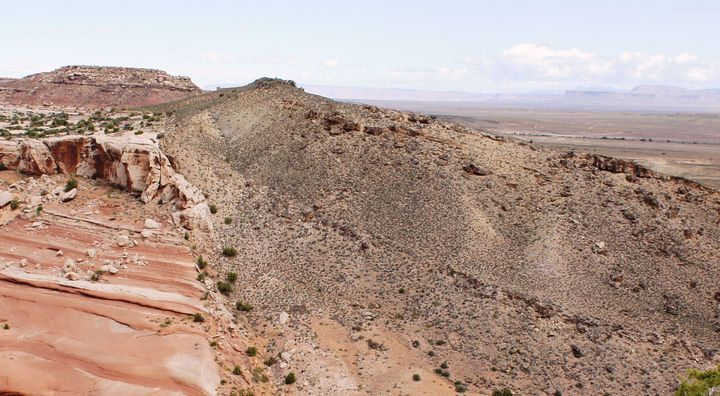
There is high uncertainty associated with assessing the sealing properties of faults, and therefore a need to find new methods to calculate how faults properties are affected when CO2 is injected into a reservoir.
"The activities in FRISK have been linked to storage projects developed on the Horda Platform in the North Sea. Our focus has been to develop new methods for calculating how fluid migrates within faults," says the project leader for FRISK, Elin Skurtveit at NGI.
November 15th 30 people gathered for the final meeting in Oslo. In addition, 27 people listened to the presentations online. It was a full day filled with presentations covering new research on fault flow modelling, seismic and experimental characterization of faults.
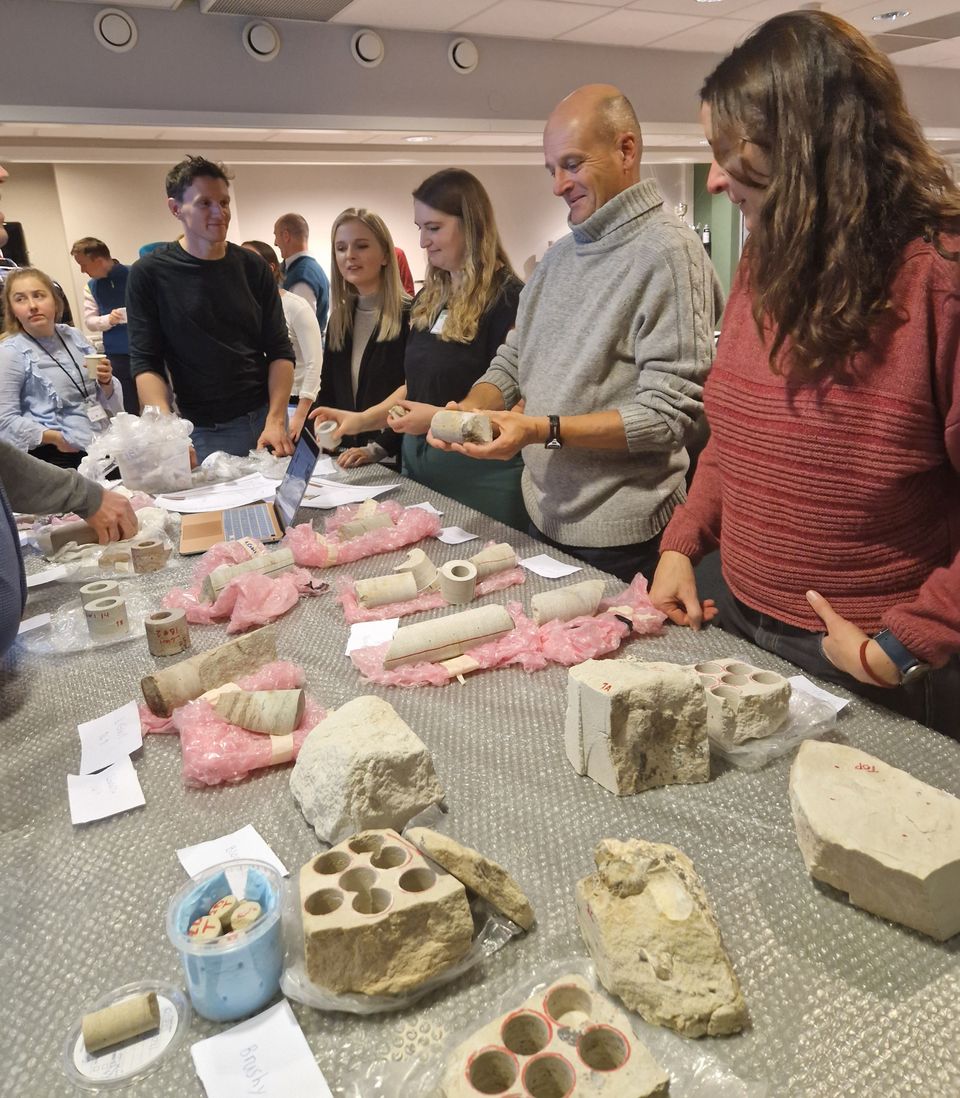
Fault core samples provided by the COTEC project team and studied in detail during core viewing at the NGI laboratory. The core is tested in the laboratory to measure permeability, strength and sonic velocities, providing data for further modelling. Photo: NGI.
Framework to reduce uncertainty
To answer the main objective, to reduce uncertainty in fault-related leakage risk for large-scale CO2 storage by developing an improved fault derisking framework that includes dynamic pressure changes and along-fault fluid migration, FRISK has addressed four secondary objectives:
- Characterize and quantify fault complexity based on seismic interpretation and fault imaging in 3D seismic from Smeaheia
- Improved interpretation of existing experimental data, targeting post-failure flow behaviour and stress-dependent flow properties
- Develop effective fault flow models for use in reservoir simulation tools using fine-scale simulations
- Characterize fault-related leakage rates and quantify uncertainty in key controlling parameters
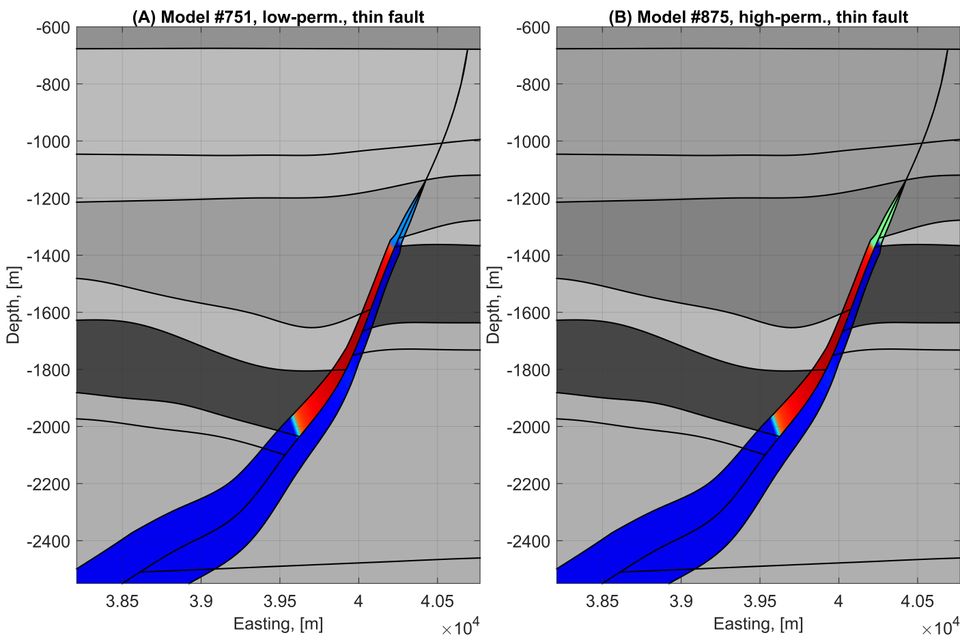
Example of 2D cross-section of subsurface fault with permeability variations along the fault zone modelled (Bjørnarå et al., in preparation).
Fault flow model to calculate leakage risks
Sarah Eileen Gasda, Research Director at NORCE and Professor at the University of Bergen has been in charge of fault reservoir simulations and a fault flow model to calculate leakage risks.
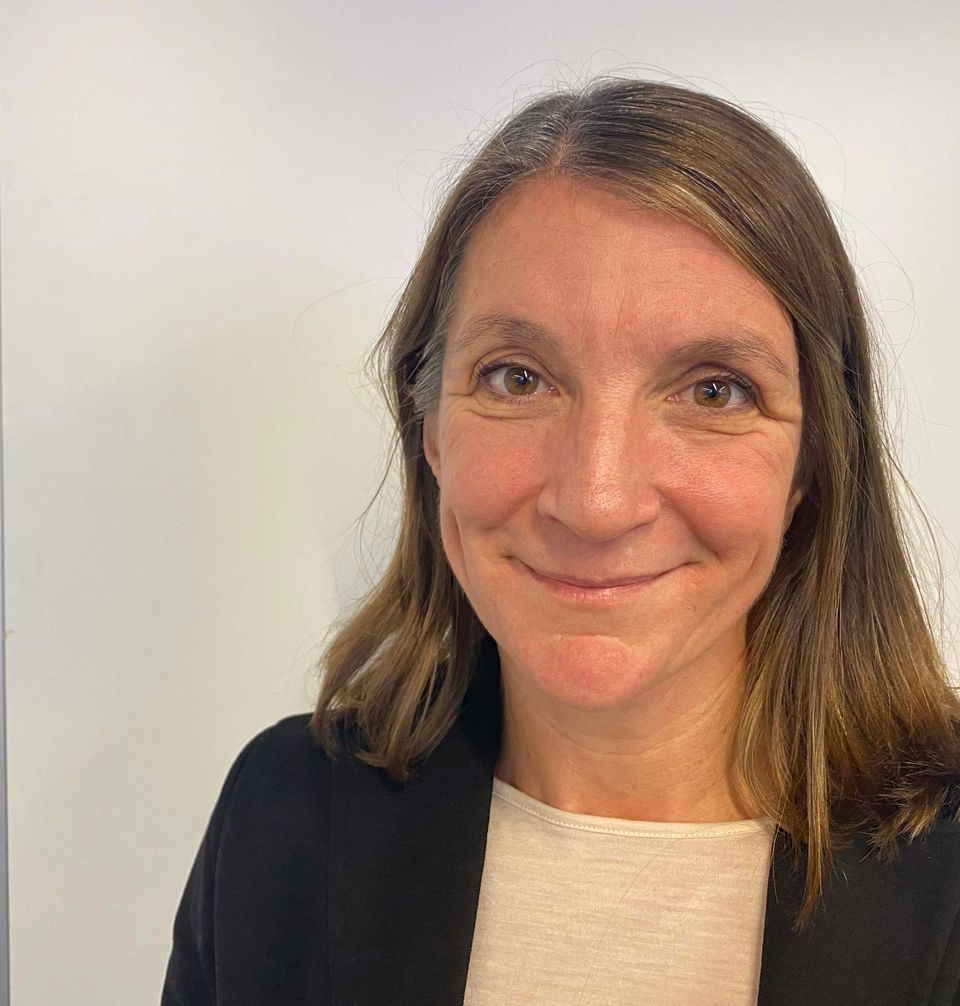
Sarah Eileen Gasda
"To reduce costs, we have used the tools already used by the industry and managed to "force" these tools to also include vertical fault-leakages," says Gasda.
"How challenging has this been?"
"It has been quite a challenge to ensure that the tools provide the correct information, and in terms of mathematical calculations the work has been difficult and specialized. We do know that the method we have developed is good and provides a well-funded fundament for further research and improvement," says Gasda.
Further work can include interpretations of the models by geologists and simulation tools that include structural changes of faults.
"Using the model, if there is a sign of leakage risk, will there be high amounts of CO2 leaking out from the faults?"
"No, when it leaks, the amounts are low. But as scientists, we provide only the tools to gain this knowledge. It is up to politicians and the industry to decide the limit for leakages," says Gasda.
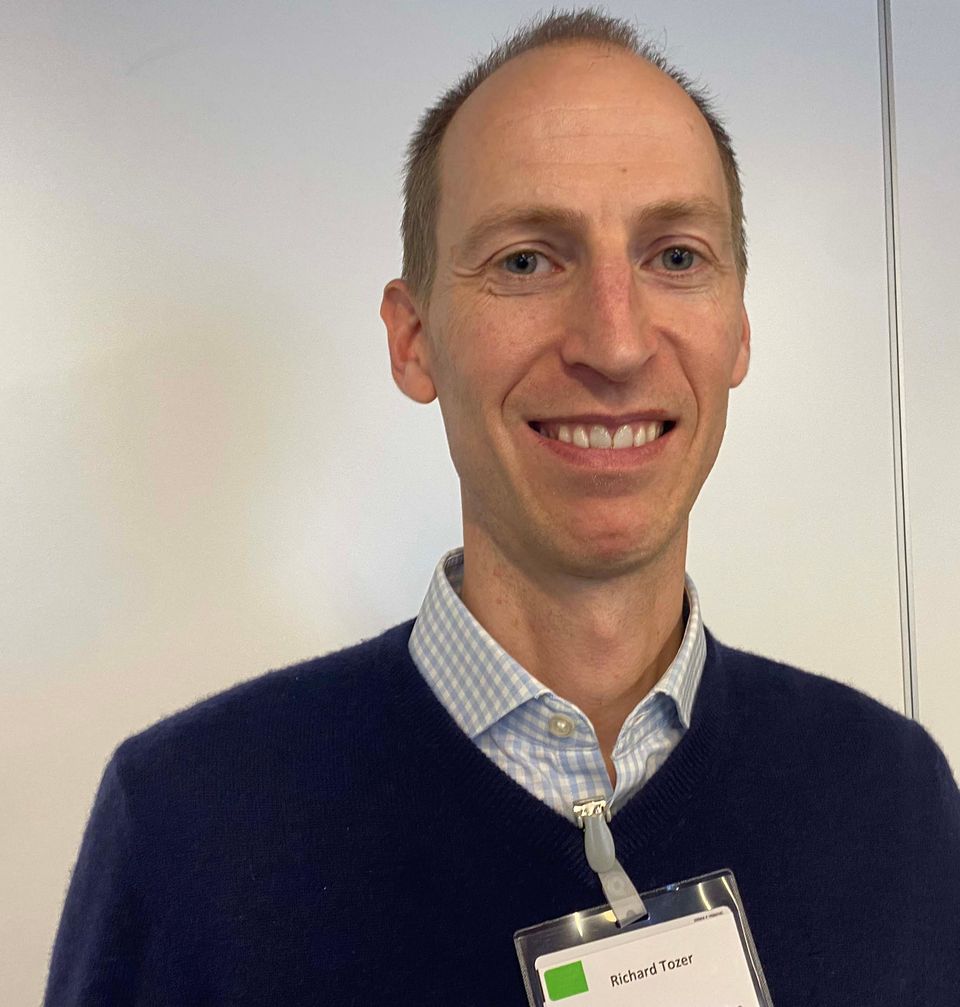
Richard Tozer
TotalEnergies has sponsored the project for three years. After intense days presenting the results, Tozer says he will need to reflect with his colleagues how to use the FRISK results, but that the models developed in FRISK are important.
"To have these models is great. The models presented suggest that it is feasible and low-risk to store CO2 in reservoirs. Next step should be to peer-review the results. In addition, it would have been good to have some key messages that sum up learnings from these three years," says Tozer.
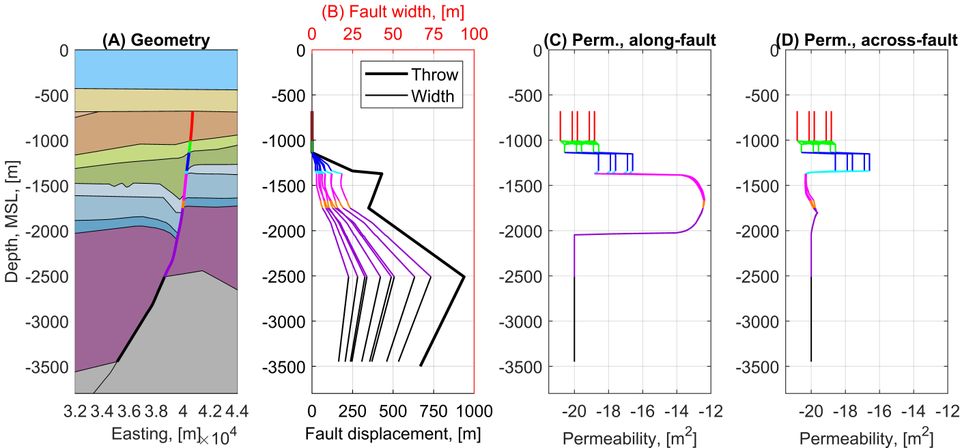
Geometry of subsurface fault and the fault width variations with depth coloured to illustrate the variation (Bjørnarå et al., in preparation).
Fault flow history should be considered
Characterising and quantifying fault complexity based on seismic interpretation and fault imaging has been the focus of Emma Michie's postdoc research, using fault growth history to identify areas of high risk in terms of CO2 storage.
"The area I have looked at is Smeaheia. Calibrating a model, I have found a potential high-risk zone where the faults have grown together. This provides a potential risk for across-fault fluid flow," says Michie.
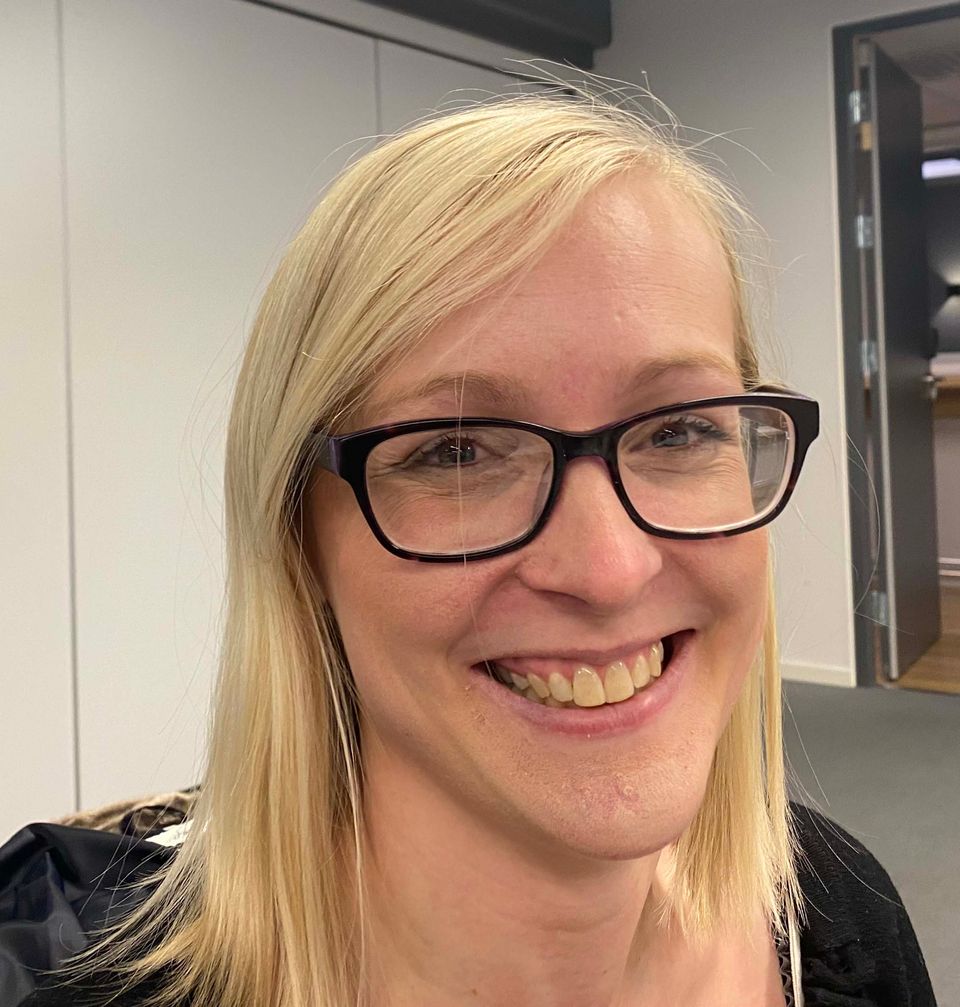
Emma Michie
"Do we today consider this potential fault leakage risk by looking at the fault growth history?"
"No, using the standard procedure this risk is currently ignored, which implies that considering the growth history of fault a might unlock new knowledge. Therefore, we must also take into account the growth history when risking faults," Michie says.
Now it is time to digest all the new work and interesting discussions. Next step is to have more of the work published as peer review articles. Tore Bjørnarå at NGI is currently preparing a paper comparing methods for assigning fault permeabilities and calculate vertical flow rates. We also like to have more case studies to test the models and be able to derive useful tool for developing safe CO2 storage.
The FRISK project is supported by Equinor, TotalEnergies, and the NCCS consortium. Research partners are NGI, NORCE, the University of Oslo (UiO), and the University of Bergen (UiB). The project has international collaboration with BEG/University of Texas at Austin, Swisstopo, Heriot-Watt University.
Keywords
Contacts
Elin SkurtveitSenior SpecialistIntegrated Geotechnology
Tel:+ 47 478 93 848elin.skurveit@ngi.noTore BjørnaråSenior EngineerAdvanced Modelling
Tel:+47 908 59 184tore.ingvald.bjornara@ngi.noImages

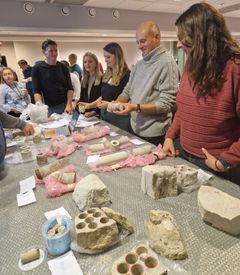
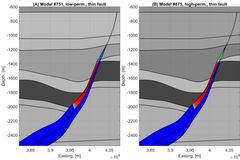
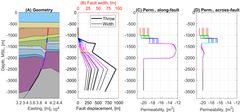
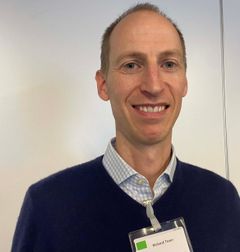
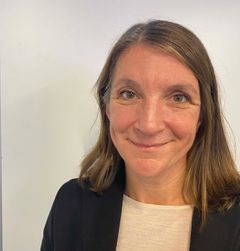

About NGI
På sikker grunn
NGI – Norges Geotekniske Institutt – er et uavhengig, internasjonalt senter for forskning og rådgivning innen ingeniørrelaterte geofag, der vi integrerer kunnskap mellom geoteknikk, geologi og geofysikk. Vår forskning gir kunnskap som styrker norsk næringsliv til å løse noen av de viktigste utfordringene vi står overfor innenfor klima, miljø, energi og naturfarer.
Gjennom årene har vi tiltrukket oss dedikerte fagfolk og internasjonale eksperter på bruk av geomaterialer som byggegrunn og byggemateriale, skredproblematikk og forurensning av grunnen. Utvikling og anvendelse av ny teknologi står helt sentralt i vår virksomhet for å finne bærekraftige løsninger og sikre at vi bygger et samfunn på sikker grunn. Vår ekspertise og løsninger er kjent og etterspurt i store deler av verden.
NGI har hovedkontor og laboratorier i Oslo, avdelingskontor i Trondheim, forskningsstasjon for snøskred på Strynefjellet, og utenlandskontorer med geoteknisk laboratorium i Houston, Texas, USA, og i Perth, Western Australia, i tillegg til samarbeidsavtaler med veletablerte selskap og institusjoner i store deler av verden.
NGI ble formelt opprettet 1. januar 1953, underlagt Norges Teknisk-Naturvitenskapelige Forskningsråd (NTNF). I 1985 ble NGI omgjort til en selvstendig stiftelse. Driftsvirksomheten (forskning og rådgivning) ble 1. januar 2024 overført til Norges Geotekniske Institutt AS, et aksjeselskap som eies 100 % av stiftelsen NGI.
Som en av hovedpartnerne støtter NGI Ingeniører Uten Grenser (IUG) økonomisk og gjennom å bidra med ingeniørkompetanse til IUGs oppdrag for norske bistandsorganisasjoner.
Subscribe to releases from NGI
Subscribe to all the latest releases from NGI by registering your e-mail address below. You can unsubscribe at any time.
Latest releases from NGI
Global modell skal gjøre verden bedre rustet mot tsunamier17.11.2025 11:46:45 CET | Pressemelding
Da en enorm flodbølge traff kystene rundt Indiahavet andre juledag i 2004, mistet mer enn 220 000 mennesker livet. Det var en katastrofe som rystet verden og som avslørte hvor lite vi egentlig forsto om tsunamier.
NGI-forsker valgt inn i styret til European Chemicals Agency (ECHA)24.10.2025 12:15:11 CEST | Pressemelding
Forsker ved NGI - Norges Geotekniske Institutt, Hans Peter Arp, er én av verdens fremste eksperter på kjemisk forurensning. Nå skal miljøkjemikeren påvirke kjemikaliepolitikken i Europa.
NGI lanserer unikt traineeprogram innen geoteknikk30.9.2025 09:11:00 CEST | Pressemelding
Fire nyutdannede ingeniører får nå muligheten til å prøve seg på tvers av NGIs kjerneområder. Gjennom et nytt traineeprogram skal de utforske alt fra fundamentering på land til havvind og klimatilpasning.
Flere velger geoteknikk og kvinneandelen skyter i været11.9.2025 08:55:38 CEST | Pressemelding
Masterstudiet i geoteknikk ved OsloMet vokser raskt. Da studiet startet i 2022, var det fem studenter og bare menn. Denne høsten har 21 nye studenter startet, av dem åtte kvinner.
Vi kan bygge tryggere tunneler med kunstig intelligens15.8.2025 14:51:34 CEST | Pressemelding
Kunstig intelligens endrer hvordan vi bygger tunneler. Vi kan forutsi farlige forhold i berget før vi treffer dem. Det gir tryggere tunneler, lavere kostnader, mindre naturinngrep og bedre beslutninger under bakken.
In our pressroom you can read all our latest releases, find our press contacts, images, documents and other relevant information about us.
Visit our pressroom
